Hydroseeding for Rapid Vegetation Growth
Spring and early fall are generally considered the best seasons for hydroseedings due to moderate temperatures and adequate moisture levels.
Ideal soil temperatures for hydroseedings range from 55°F to 75°F, promoting healthy seed germination and growth.
Consistent rainfall or supplemental watering ensures successful establishment, especially during dry periods.
Preparing soil ahead of the optimal seeding window enhances seed-to-soil contact and improves germination rates.
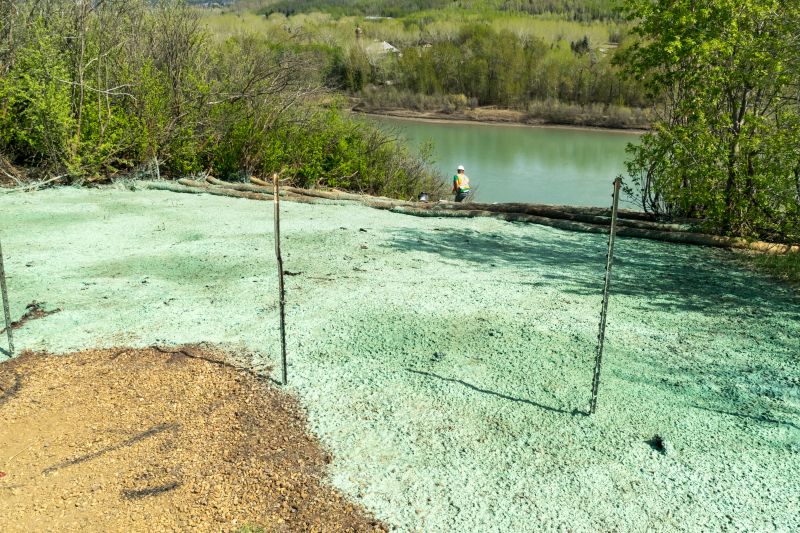
Optimal for rapid establishment with moderate temperatures and increased rainfall.
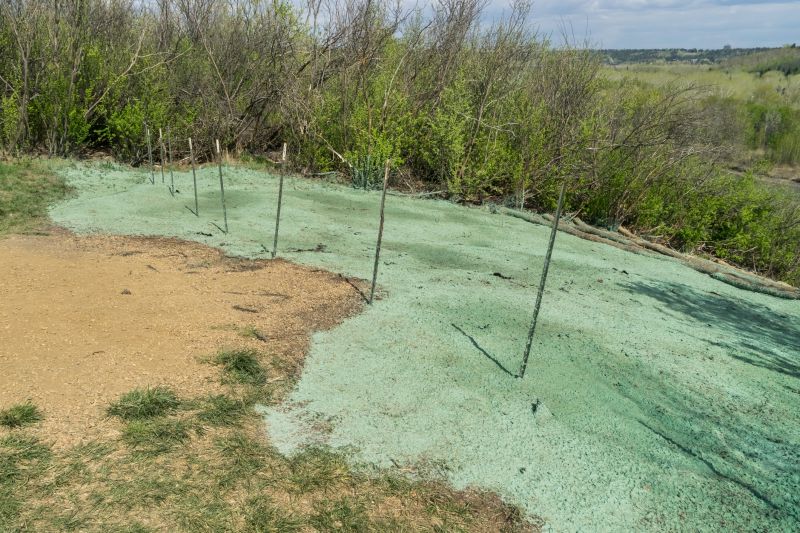
Requires careful planning to avoid heat stress; best with early morning or late evening applications.
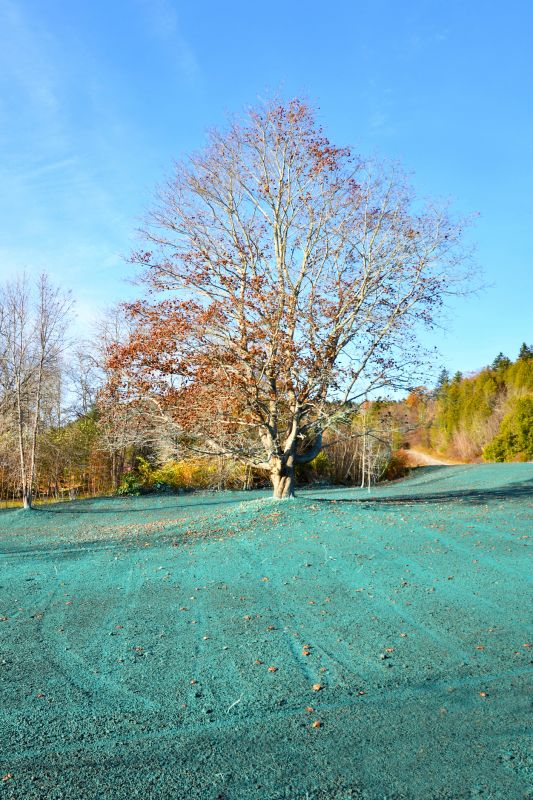
Ideal due to cooler temperatures and natural moisture, supporting strong root development.
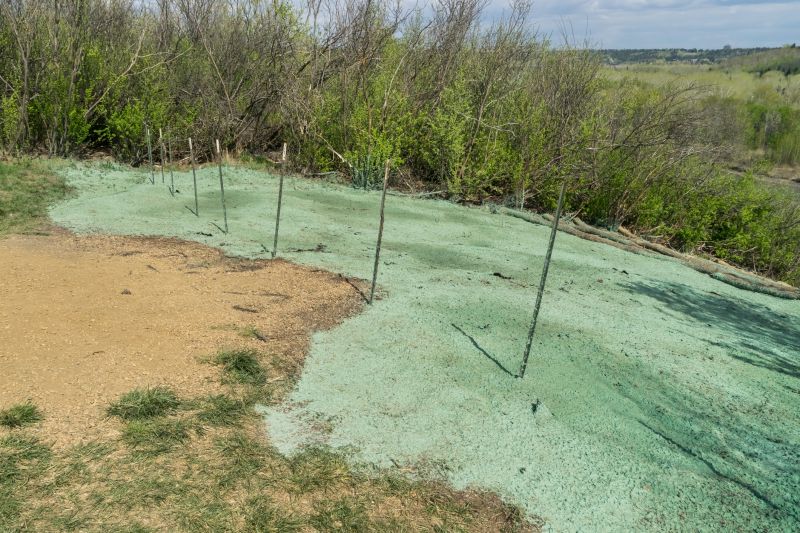
Ways to make Hydroseedings work in tight or awkward layouts.
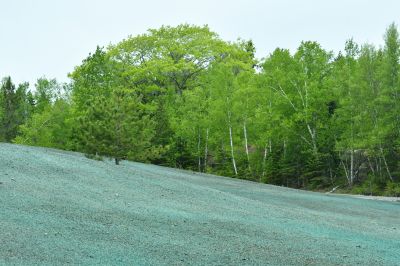
Popular materials for Hydroseedings and why they hold up over time.
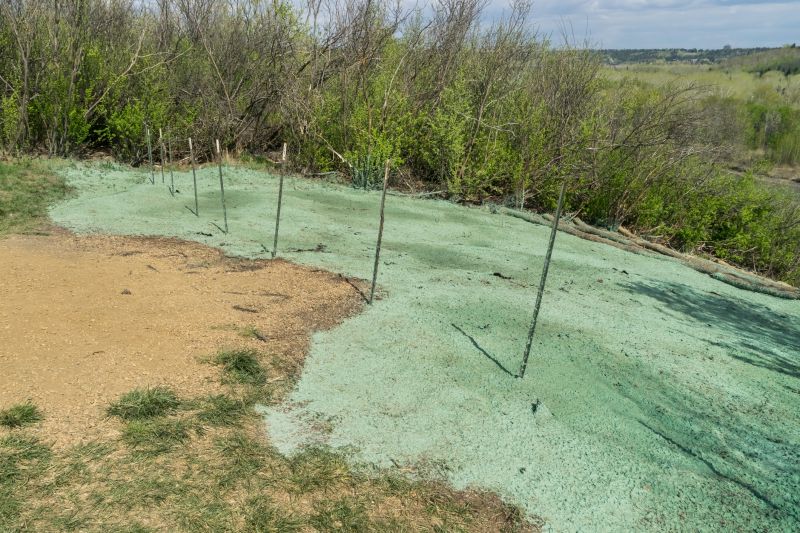
Simple add-ons that improve Hydroseedings without blowing the budget.
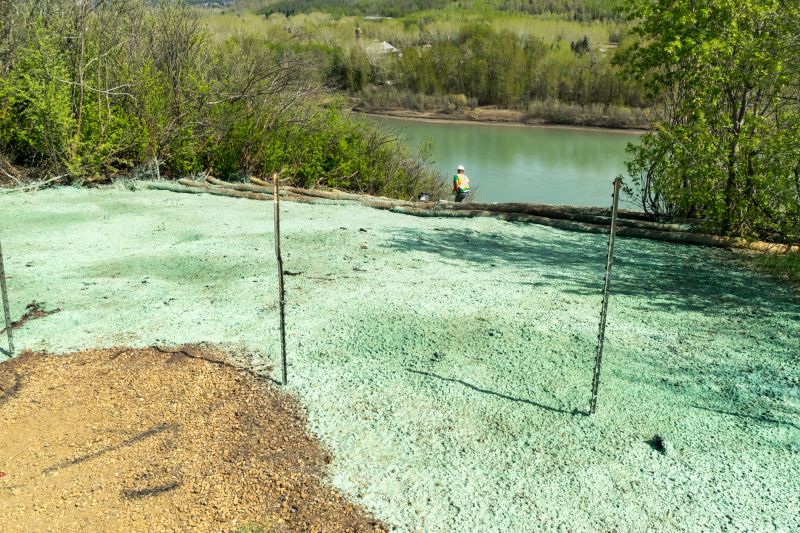
High-end options that actually feel worth it for Hydroseedings.
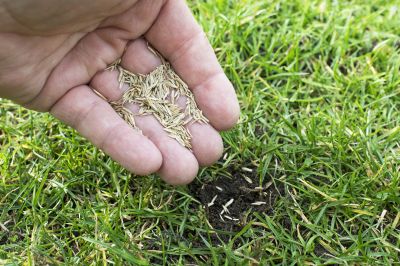
Finishes and colors that play nicely with Hydroseedings.
| Season | Advantages |
|---|---|
| Spring | Moderate temperatures and increased rainfall support germination. |
| Summer | Can be effective with early or late day application to avoid heat. |
| Fall | Cooler weather and natural moisture promote root growth. |
| Winter | Generally not recommended due to cold temperatures and dormancy. |
Hydroseedings is a versatile and efficient method for establishing vegetation across various landscapes. It involves spraying a mixture of seed, mulch, fertilizer, and water, which adheres to the soil and provides a protective cover for the seeds. This technique is especially useful on slopes, large areas, or sites requiring quick stabilization. Proper timing ensures optimal seed germination, reduces erosion, and promotes healthy plant growth. Factors such as soil temperature, moisture levels, and weather conditions are critical considerations for planning a hydroseedings project.

Spraying equipment designed for even distribution over large areas.
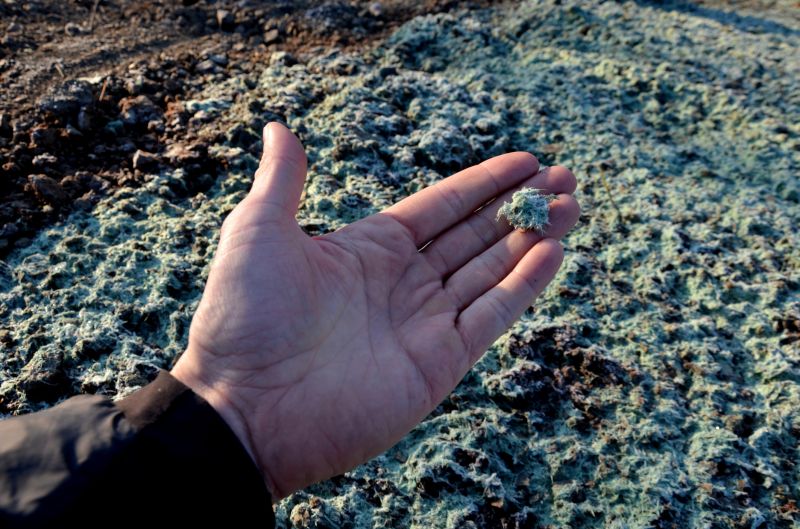
Combination of seeds, mulch, and fertilizers tailored to site conditions.
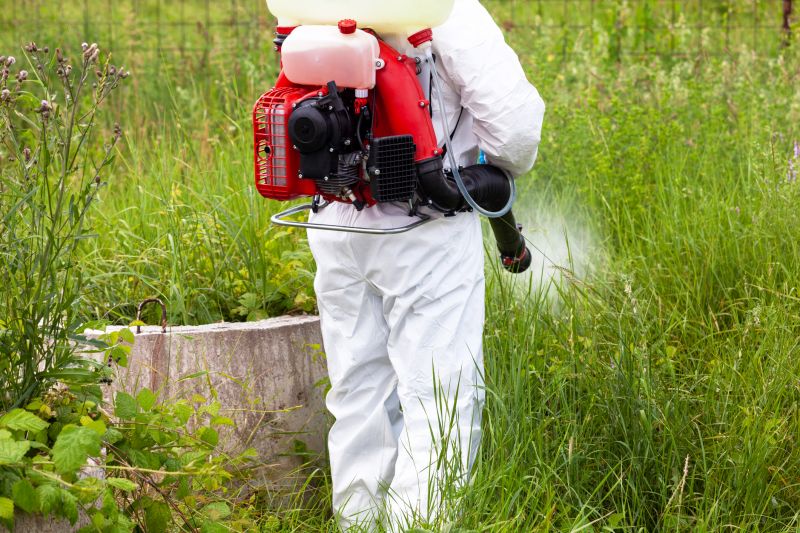
Uniform spraying ensures consistent coverage and optimal germination.
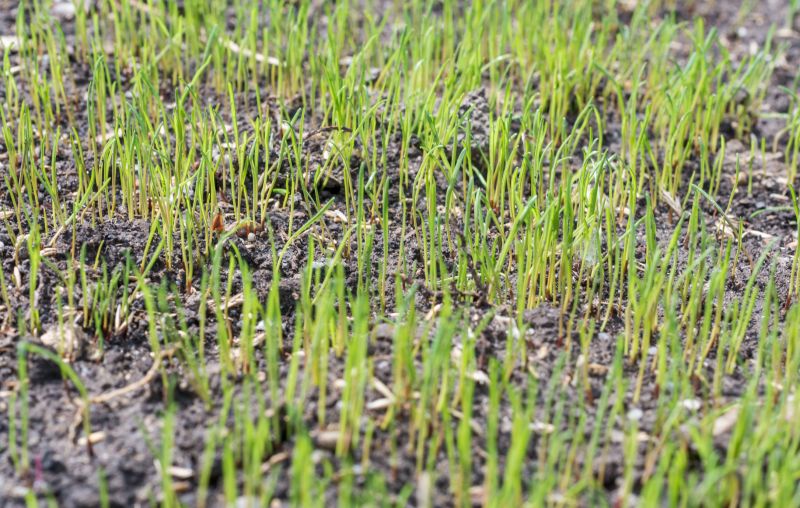
Regular checks maintain moisture and assess seedling progress.
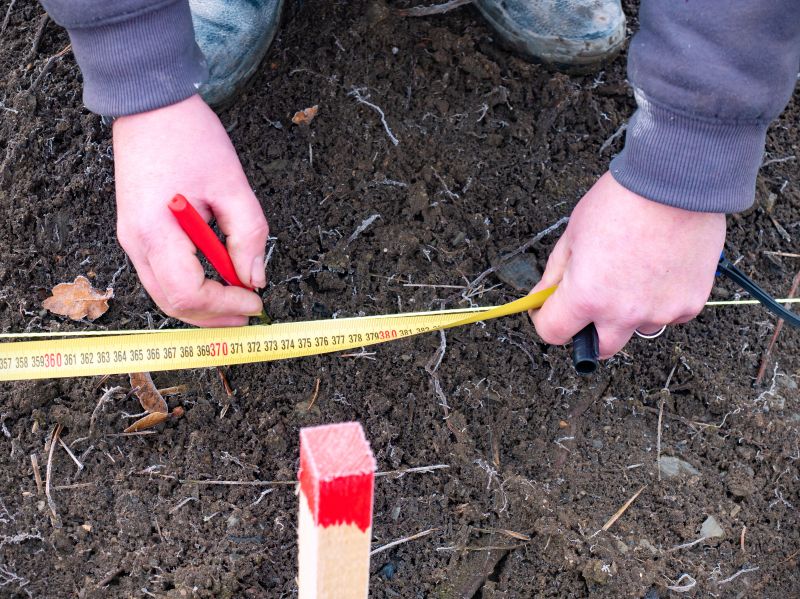
Little measurements that prevent headaches on Hydroseedings day.
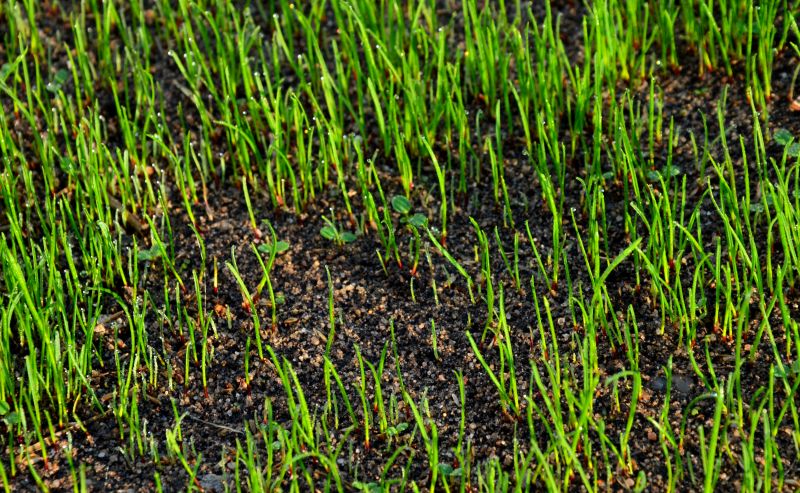
A 60-second routine that keeps Hydroseedings looking new.
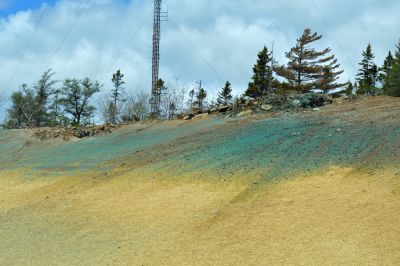
A frequent mistake in Hydroseedings and how to dodge it.
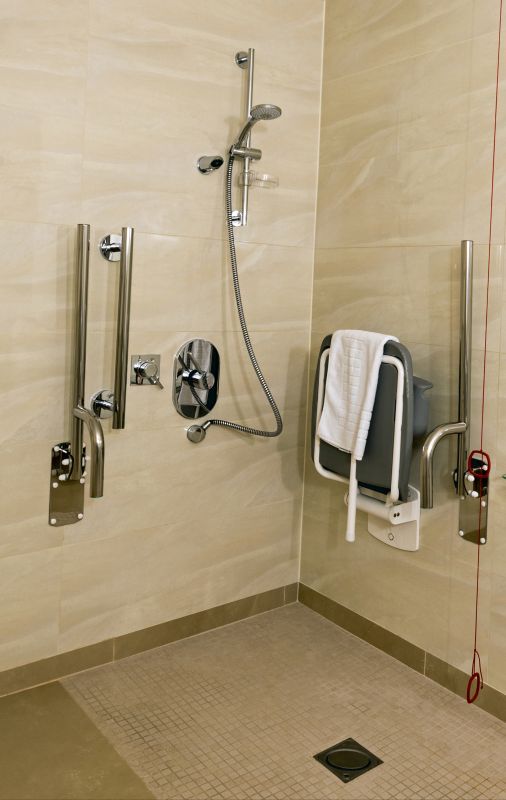
Small tweaks to make Hydroseedings safer and easier to use.
Interested parties should consider the seasonal timing and environmental conditions to maximize the success of hydroseedings. Proper planning and execution can lead to rapid vegetation establishment, erosion control, and landscape stabilization. For further information or to discuss specific project needs, contact professionals experienced in hydroseedings to determine the most suitable timing and techniques for the site.
